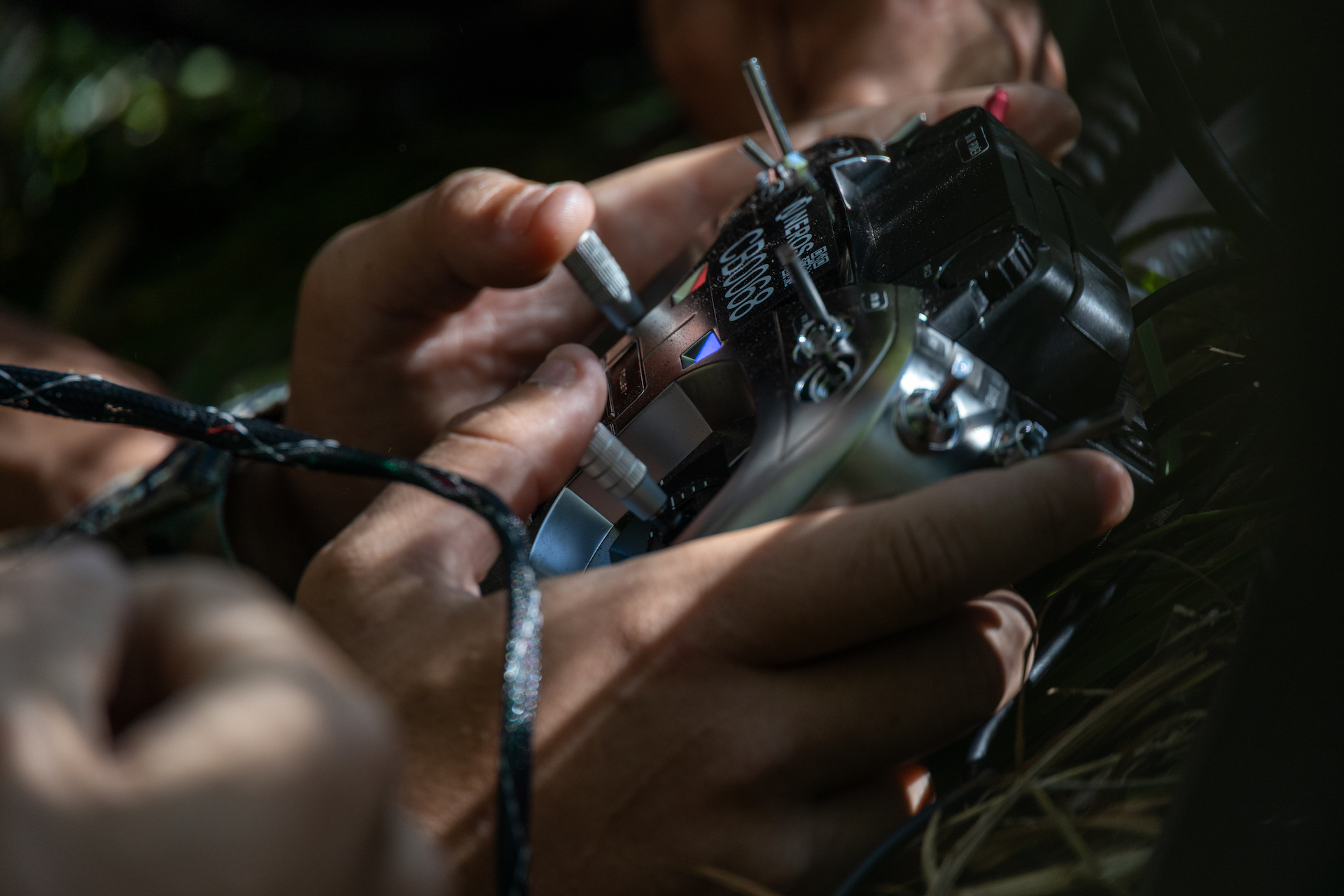Counter-Drone Initiatives Surge in Northern Europe: A Response to Escalating Threats
Overview of Developments
In Aalborg, Denmark, a concerted effort is underway within a northern warehouse where personnel are meticulously assembling advanced anti-drone technologies. These systems are earmarked for deployment in Ukraine, aimed at neutralizing Russian technological capabilities on the battlefield, while others will be dispatched across Europe to address recent unauthorized drone incursions into NATO airspace, which have raised security concerns continent-wide.
Heightened Demand for Counter-Drone Solutions
Two Danish firms previously focused mainly on defense are experiencing a notable uptick in demand from a diverse array of clients, including airports, military facilities, and critical infrastructures under threat from drone operations.
-
Weibel Scientific is deploying its cutting-edge radar technology to detect UAVs, employing strategies honed through decades of experience in the aerospace sector. The technology recently played a crucial role during a significant EU summit at Copenhagen Airport, where unidentified drones prompted airspace closures.
-
MyDefence, another key player in this sector, manufactures portable and wearable radio frequency devices designed to disrupt the connection between drones and their operators, effectively neutralizing potential aerial threats.
Regulatory Landscape
Despite the controversial and heavily regulated nature of jamming technologies within the European Union, their usage in Ukraine reflects a shift in warfare tactics. Russian forces have adapted by employing drones tethered with fiber-optic cables, circumventing conventional radio frequency jamming. Reports indicate that Russian attacks include UAVs with additional antennas to mitigate jamming countermeasures employed by Ukraine.
European Response: A Strategic Monitoring Initiative
The landscape of drone warfare dramatically intensified following Russia’s full-scale incursion into Ukraine in 2022.
-
Escalating Drone Incursions: Reports highlight a discernible rise in drone activity over NATO member states, particularly in Europe, triggering urgent discussions among leaders to enhance defensive measures. The creation of a “drone wall” designed for the detection, tracking, and interception of unauthorized drones has emerged as a forefront initiative among European nations.
-
NATO military officials have acknowledged that a new U.S. anti-drone system is now operational along the eastern perimeter of the alliance as a deterrent against potential aggressions.
Challenges Facing NATO’s Preparedness
Despite these advances, officials have raised concerns over the alliance’s readiness to respond to the challenges posed by small UAVs.
- Detection Issues: One significant challenge remains the identification of drones, often misclassified as birds or conventional aircraft on radar systems.
- Cost-Effective Neutralization: Developing affordable and efficient means to disable drones without excessive expenditure is also a matter of high priority.
Expert Analysis
Andreas Graae, an assistant professor at the Royal Danish Defense College, articulates a pressing need to enhance counter-drone capabilities across Europe amidst escalating threats from Russia. He emphasized:
- “All nations within Europe face challenges in identifying effective solutions to address these emergent drone-related threats.”
Industrial Shifts Driven by Geopolitical Tensions
MyDefence, established in 2013, is witnessing transformative growth, particularly in its production of wearable detection systems known as “Wingman.” This technology has seen an increase in implementation, with over 2,000 units supplied to Ukrainian forces since the onset of the conflict nearly four years ago.
- Chief Executive Dan Hermansen remarked on a paradigm shift motivated by the conflict, where protecting lives with technology has taken precedence.
The recent surge of drone flyovers over several Danish airports has illuminated the urgent need for preparedness in hybrid warfare scenarios.
Advancements in Detection Technology
NATO’s eastern flank countries, including Denmark, Poland, and Romania, are in the process of integrating the American Merops anti-drone system, which proves capable of navigating even when satellite communications are compromised.
- Weibel Scientific’s Contributions: With advancements in Doppler radar technology, Weibel is enhancing its offerings by enabling precise detection of drone velocities. This radar technology can predict the movement patterns of UAVs, reinforcing its relevance in contemporary military applications. Recent contracts, valued at $76 million, reflect the growing demand for such capabilities amid increasing threats.
Conclusion on Future Preparedness
The collective efforts of European nations to fortify their airspace defenses against drone threats are more vital than ever. As discussions around establishing a “drone wall” proceed, the integration of advanced technologies and strategic collaborations will determine NATO’s capability to mitigate risks effectively.
With the evolving landscape of drone warfare, participants in this sector must remain vigilant and adaptive to ensure comprehensive protective measures are in place, aligning capabilities with the realities of modern threats.





